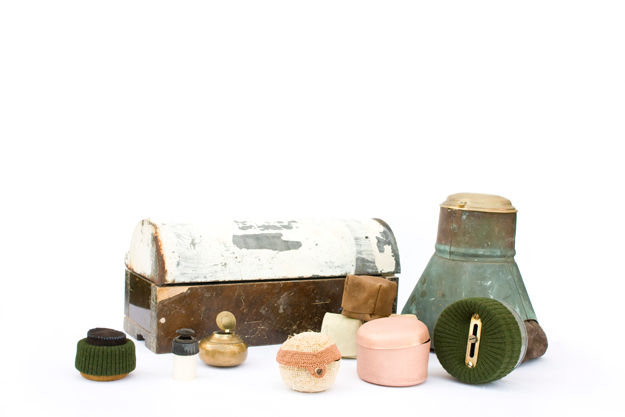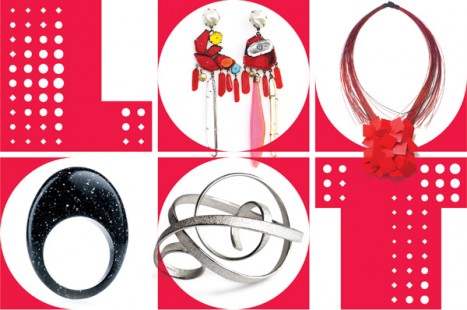
Nu finns en ny gravör och konstnär på LOD
Pierce Healy som tog sin MFA på Konstack för några år sedan har både ställt ut på LOD tidigare och varit här som gäst förra året. Vi har övertalat honom att flytta från Irland för att se om han kan trivas på LOD och i Stockholm.
Pierce gick som lärling hos en gravör i San francisco, fortsatte med BFA i Dublin och MFA på Konstfack. Han är en skicklig artist, hantverkare och illustratör. Dessutom en otroligt trevlig och intressant medarbetare.
”Pierce’s jewellery with its sophisticated, industrial, tactile, playful and otherworldly aesthetic is the antidote to the loud bling jewellery of the high street.”
Kom och säg hej till Pierce!






